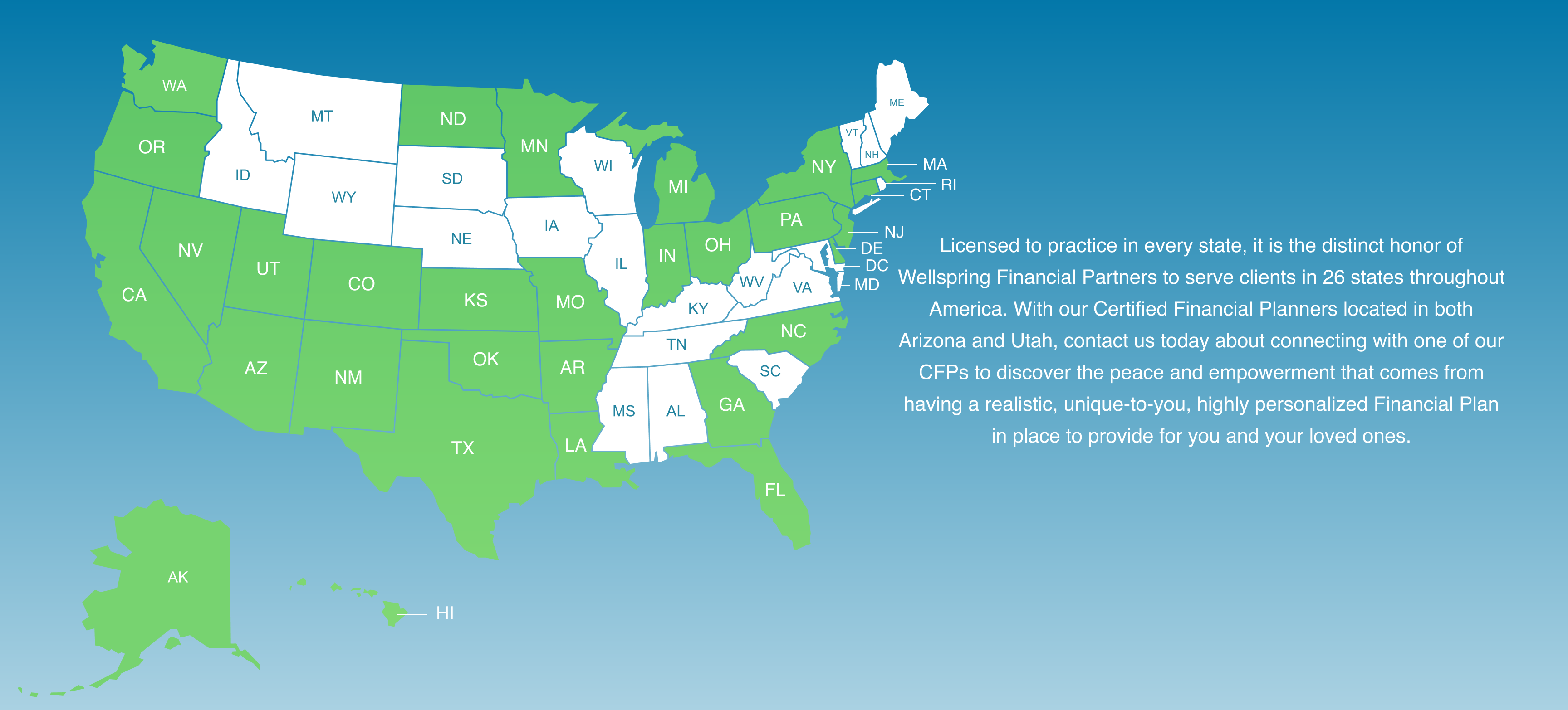“When in the Course of human events, it becomes necessary for one people to dissolve….”
We normally write this letter toward the beginning of the month, but given the large volatility in the markets of late, we thought it potentially beneficial to move it forward a week or so. As the opening line indicates, directly and indirectly, there will be two groups of people that will appear in the next days;
- Those who view the markets as totally irrational and doomed to devastate them (again)
- Those who wish to dissolve themselves of base emotional distractions affecting the lesser informed and wisely understand what is needed to be a good investor
As we write today, we literally have observed the markets (defined here as the Dow Industrials) opening down 600 points, move to down over 1,000, miraculously recover to down less than 100 points, and currently are down 400. Where it ends today or tomorrow only time will tell, but that’s NOT the story.
The story is what we have written before; if 2015 were a NORMAL year, the market would drop to 15,500 or so. That’s 14% off of its 18,000 high, and we’d be talking about the joys of grandkids instead of the penultimate step to the next world collapse. If you are shaking, get a hold of yourself.
This is probably too much for you to consider, but I’d ask you to be partially relieved, but more than that THANKFUL. Relieved because the markets have been nervous, and I’ve said that to you. Greece is not the current problem, and perhaps it is China (though I wrote you about that last month, so that’s not new). It can’t be new housing starts (up 26% year-over-year[i]) or auto sales (running a strong 17,000,000 per year[ii]) so it might instead be consumer debt defaults (whoops, can’t be that as in percentage terms they are at an all-time low[iii]). What if, instead of the latest raging contagion….it’s just normal?
Thankful? Though you say ‘that’s a stretch’, you have to be happy to get long-term stock market returns that average 5-9%. Maybe that’s not the 11-15% per annum of times past, but it beats the snot out of Janet Yellen’s low interest rate 1/10th of one percent you get at the bank. BUT, if things are to work, the markets must extract some pain in order to get that gain. Volatility is that pain, and painful it is to watch your account (my account too, by the way) go down in value in the short-term. You really do need a change in your medication if this feels good, versus bad. However, these trade-offs are what make that additional return possible.
Patience is needed. Faith is needed. Discipline is needed.
All of those nouns are wonderful characteristics in their own right, but for successful investing, they are mandatory. It’s why investing well is so hard.
[i] “Housing Starts Jump 26.6%, Building Permits 30% Year-Over-Year” (Erin Carlyle, Forbes, July 17, 2015)
[ii] Bloomberg Business (SAARTOTL: IND August 24, 2015)
[iii] “Consumer Debt Defaults Hit New Low” (John Schoen, CNBC, June 16, 2015)

















